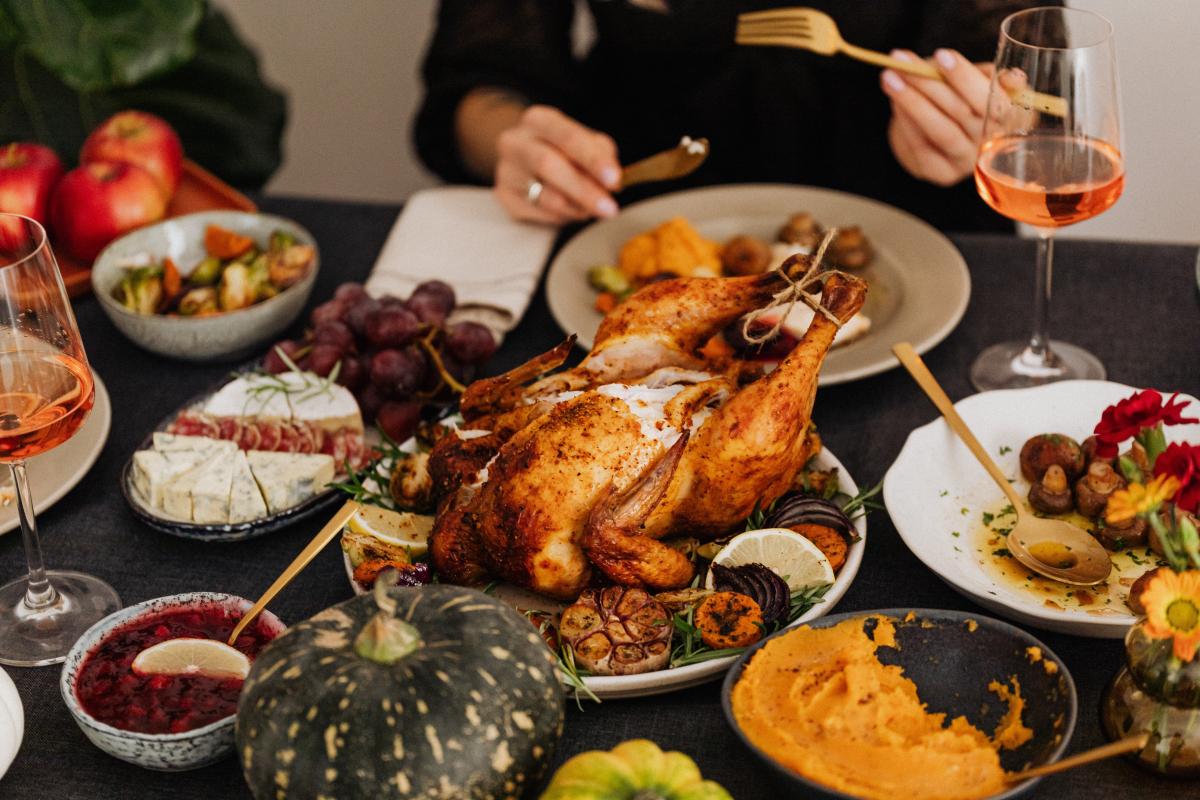Thanksgiving has become a favorite American holiday as family and friends reunite to feast and give thanks. Unfortunately, the cooking and extra guests in your home can contribute to an annual increase in energy use due to a usual drop in temperatures, lights staying on longer, and appliances operating more frequently.
Here are some energy-saving tips which can help lower the unwelcome tradition of higher energy bills following Thanksgiving celebrations:
Adjust Your Thermostat
If you're expecting a large group of family and friends, be sure to turn down the thermostat a few degrees! The extra guests and heat from cooking can add up fast and make your home uncomfortably warm for everyone.
Have a Timeline
Schedule your bake times to avoid leaving your oven on unnecessarily. It usually takes only 5-8 minutes to preheat your oven, so plan accordingly. Cook as many dishes as possible in your oven at once; most recipes allow for variations of 25 degrees Fahrenheit in baking temperatures. Avoid the temptation of opening your oven door until your dish has finished!
Use Smaller Appliances
If the oven is already full and you have additional dishes to warm or cook, use smaller appliances, like a slow cooker, air fryer, toaster oven, or pressure cooker. These helpful tools use less than half as much electricity as the oven.
Use Your Dishwasher
Don't stress that mound of dishes! Using an ENERGY-STAR certified dishwasher uses less than half as much hot water as handwashing, so be sure to use your dishwasher when possible. Many even offer a 60-minute washing option!
Allow Leftovers to Cool
Don't rush packing up and storing your meal immediately after eating. Allow your leftovers to cool on the counter, no longer than two hours, so your fridge and freezer won't have to work harder cooling your food down. So, take it easy and digest after your feast!
- Log in to post comments



